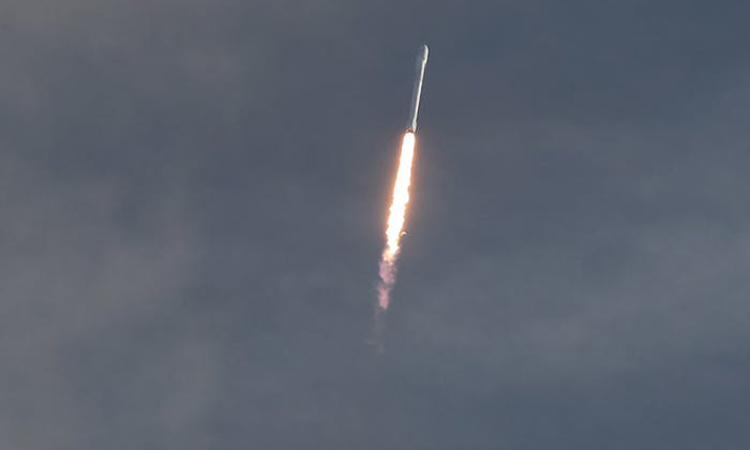Imagine waiting for a rocket, and then eight get sent at once
When it comes to space you have to aim big, this is evident in company SpaceX’s goals, as it has always hoped to be in a position where its rockets are being launched into space every two to three weeks, optimistically having 23 flights a year.
Looking at SpaceX’s summer schedule this goal maybe come a reality, and it could be ‘their summer.’
The company started things with a bang on May 15th, with the launch of the Inmarsat 5 F4 communications satellite from Kennedy Space Center (KSC) in Florida.
Originally planned to occur aboard the company’s upcoming Falcon Heavy rocket, making sense in the fact that the satellite going up is the heaviest payload SpaceX has ever sent up to geostationary transfer orbit (GTO). Instead, it will be launched on a regular Falcon 9 rocket; however, the constraints of the mission also mean SpaceX will not attempt a vertical landing of the first stage booster.
There are currently five different missions scheduled for June — only two of which have firm dates set up, and one of which will also forgo an attempted booster landing. Then, as the company heads into July, two more Falcon 9s will go up, from KSC and Vandenberg Air Force Base, respectively.
The summer will be put to a close with three more flights: a pair of Falcon 9 launches going up to low Earth orbit, and a final, debut of the vaunted Falcon Heavy rocket. The maiden flight will involve using two recovered Falcon 9 cores as side boosters, and the launch will go without a payload.
There may be an attempt to recover the upper stage in order to prove that full rocket reusability is possible, a long-term goal for the company. Details however, do remain a work in progress.
That’s a total of eight missions over four months. SpaceX is looking to seriously put itself on another level of spaceflight by making scheduling out rocket launches like trains leaving a station.
It is critical if the company hopes to establish a robust transportation system to Mars and help feed a colony on the red planet with over one million people; becoming the Union Pacific of space travel means being able to provide trains to service people on a regular basis.



Comments are closed, but trackbacks and pingbacks are open.